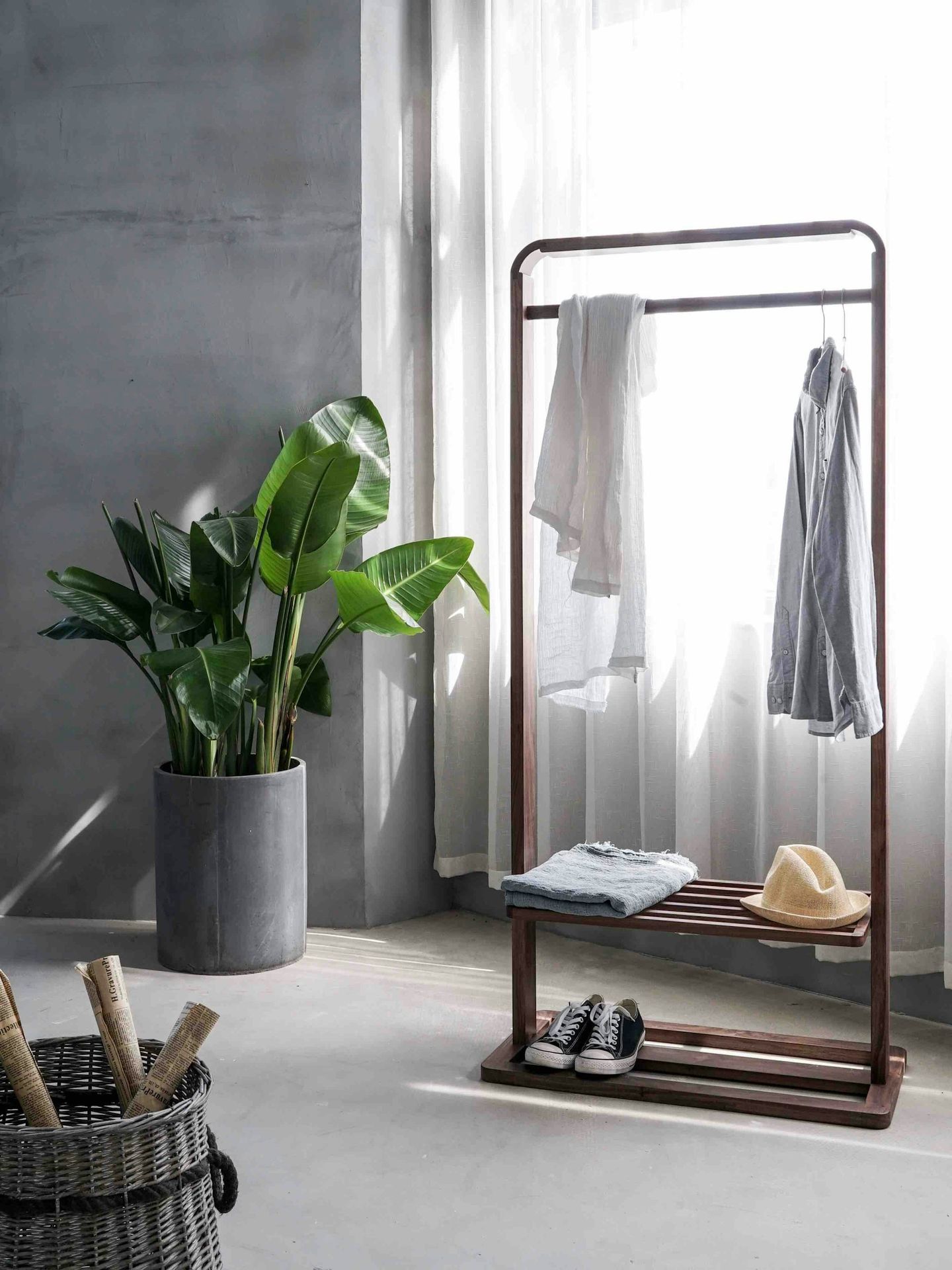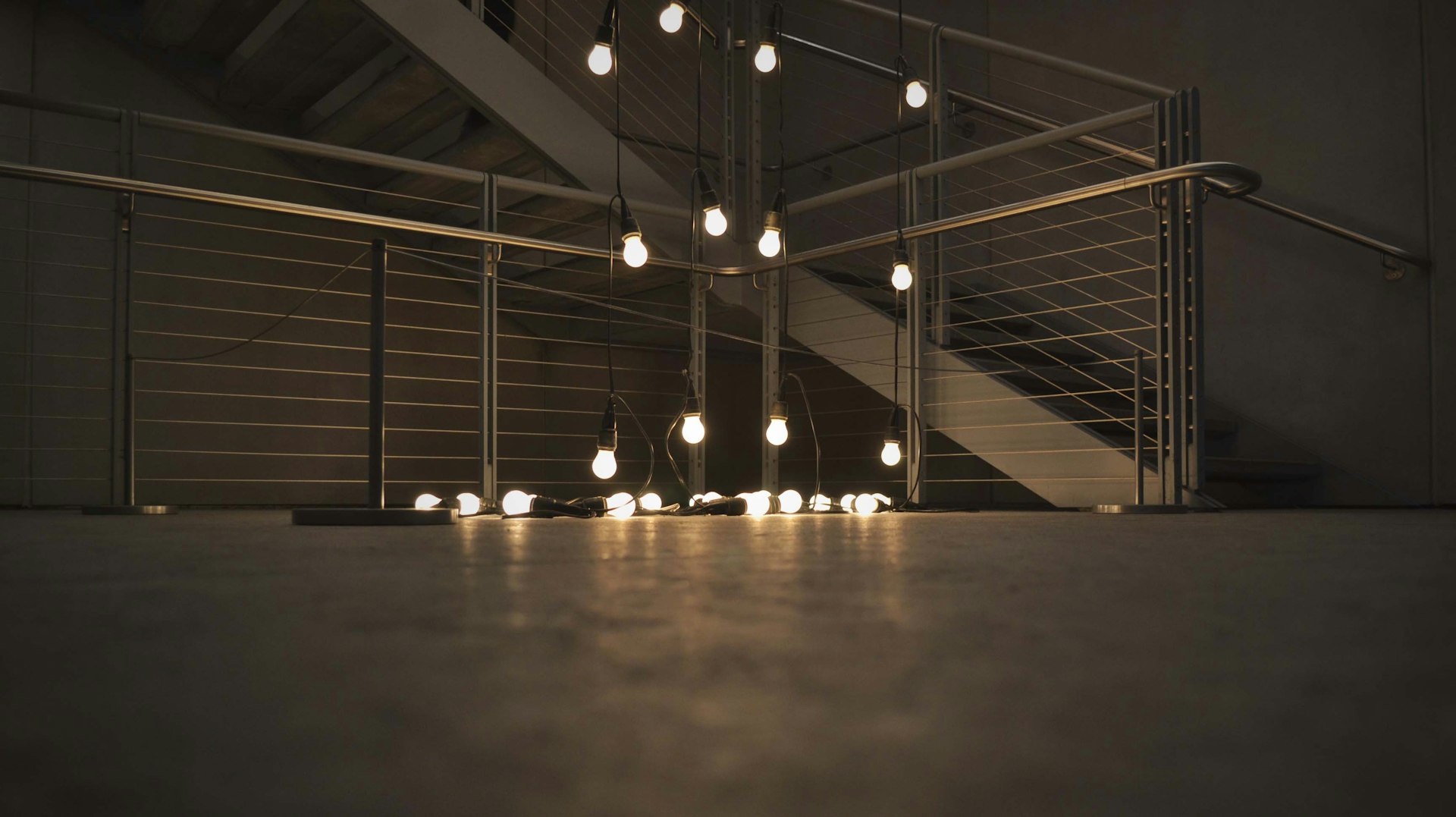Microtopping, also known as microcement, has rapidly gained popularity in Kenya as a modern waterproofing solution, particularly in bathrooms. This innovative material combines functionality with aesthetic appeal, making it an attractive choice for homeowners and designers alike. In this article, we will explore the origins of microtopping, its pros and cons from a waterproofing perspective, and its aesthetic benefits from an interior design standpoint.

The Origin and Popularity
Microtopping originated in Europe as a versatile flooring solution that offered a seamless, contemporary finish. Its rise to popularity can be attributed to the increasing demand for sustainable and efficient building materials. In Kenya, the construction industry has embraced microtopping due to its eco-friendly properties and adaptability to various design styles.
As urbanization continues to grow in Kenya, homeowners are seeking modern solutions that not only meet functional needs but also enhance the visual appeal of their spaces. Microtopping fits this bill perfectly, offering a sleek and minimalist look that resonates well with contemporary design trends. Its ability to be applied over existing surfaces without extensive demolition has further fueled its popularity among homeowners looking to renovate their bathrooms efficiently.
Pros
1. Inherent Waterproof Properties: Microtopping provides a water-resistant surface that can effectively prevent moisture penetration when properly sealed. This feature is crucial in bathrooms where water exposure is constant.
2. Seamless Application: The absence of joints and grout lines minimizes the risk of water infiltration, reducing the likelihood of mold and mildew growth—a common issue with traditional tile installations.
3. Durability: Microtopping is highly durable and resistant to wear and tear, ensuring long-lasting performance even in high-traffic areas like bathrooms. Unlike tiles that may crack or chip, microtopping maintains its integrity over time.
4. Low Maintenance: The smooth surface of microtopping simplifies cleaning routines compared to tiled surfaces with grout lines that trap dirt and moisture. Regular maintenance is straightforward, requiring only basic cleaning products.
5. Quick Installation: Microtopping can be applied relatively quickly, reducing downtime during renovations. This efficiency is particularly beneficial for homeowners who want minimal disruption during bathroom upgrades.

Cons
1. Not Completely Waterproof Without Sealants: While microtopping is water-resistant, it requires proper sealing to achieve full waterproofing capabilities. Neglecting this step can lead to moisture issues over time.
2. Potential for Cracking: If not applied correctly or if the underlying substrate shifts significantly, microtopping can crack. Proper installation techniques are essential to mitigate this risk.
3. Sensitivity to Humidity: High humidity levels can affect microtopping if the substrate is not adequately prepared or insulated before application.
4. Surface Preparation Requirements: For optimal performance, existing surfaces must be properly prepared before applying microtopping. Any defects or moisture issues must be addressed beforehand.
5. Cost Considerations: While microtopping can be cost-effective in the long run due to its durability and low maintenance needs, the initial installation may be more expensive than traditional tiles.
Aesthetic Benefits for Interior Design
Microtopping offers significant aesthetic advantages that make it a favorite among interior designers:

1. Customizable Designs: Available in a wide range of colors and textures, microtopping allows homeowners to achieve a unique look that complements their overall design vision. Whether aiming for a modern or rustic feel, microtopping can adapt to various styles.
2. Enhanced Light Reflection: The smooth surface of microtopping reflects light effectively, making bathrooms appear brighter and more spacious—an essential factor in smaller spaces.
3. Cohesive Design Opportunities: Microtopping can be applied not only on floors but also on walls, sinks, and shower trays, creating a seamless design throughout the bathroom space. This versatility allows for creative applications that enhance the overall aesthetic appeal.
4. Minimalist Appeal: The sleek finish of microtopping aligns perfectly with contemporary design trends that favor minimalism and simplicity, making it an ideal choice for modern interiors.
Microtopping has emerged as a leading waterproofing solution in Kenya's construction landscape due to its combination of functionality and aesthetic appeal. While it offers numerous advantages over traditional tiles; such as seamless application, durability, and low maintenance, it also requires careful installation and sealing to maximize its waterproof capabilities. It's customizable options and minimalist appeal make it a standout choice for creating beautiful and functional bathroom spaces. As awareness of this innovative material continues to grow, it is likely to play an increasingly significant role in shaping modern Kenyan interiors.
GreenBuild Waterproofing Solutions is a leader in the delivery of tailored constructive solutions in commercial and residential spaces. Call +254 700 288 388